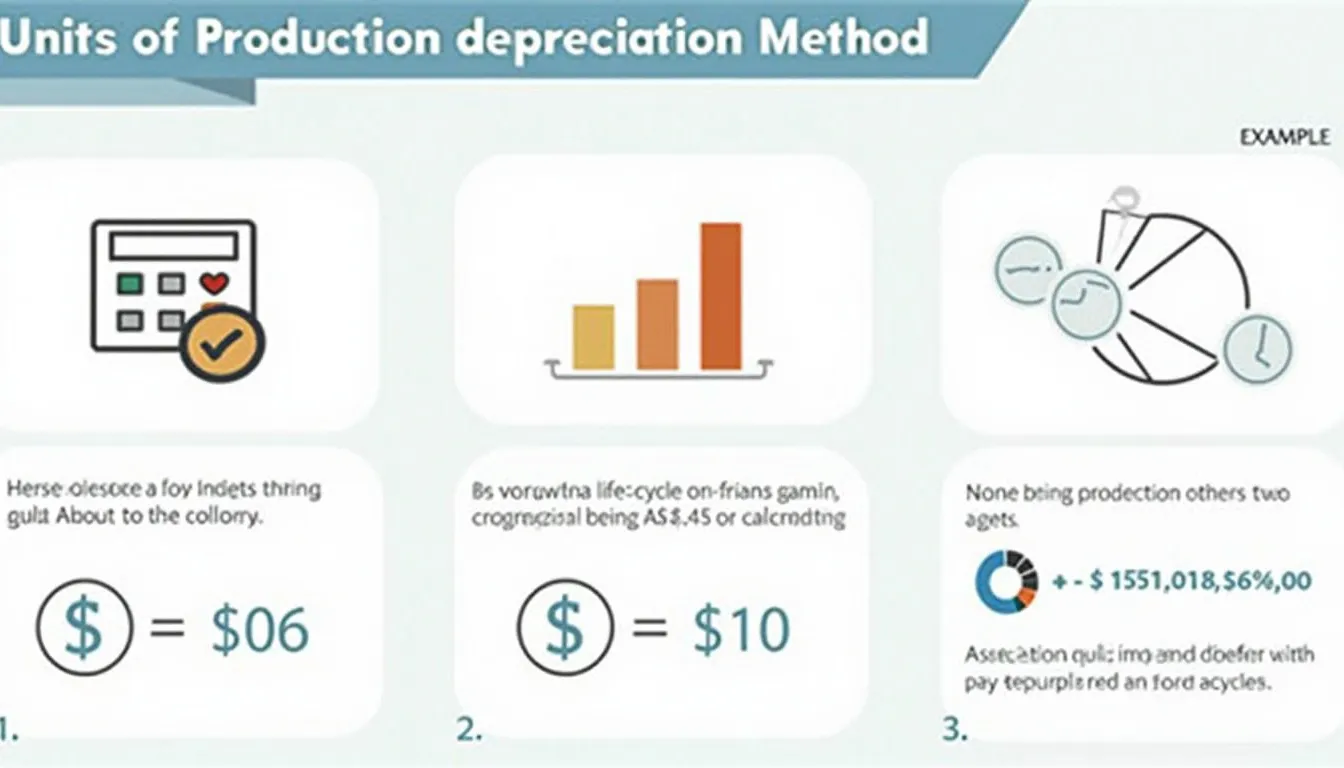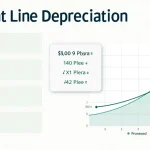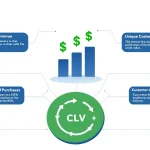Units of Production Calculator
Is this tool helpful?
How to use the tool
- Cost of Asset – type the full purchase price.
Examples: 200 000 • 75 500 - Residual Value – enter expected salvage value at end of life.
Examples: 12 000 • 4 500 - Estimated Total Production – state lifetime output in units, hours, or miles.
Examples: 300 000 units • 180 000 units - Actual Production – record output for the current period.
Examples: 20 000 units • 7 500 units - Press “Calculate” – the tool displays depreciation expense immediately.
Formula
The calculator applies
$$ \text{Depreciation}= rac{(\text{Cost}-\text{Residual})}{\text{Estimated Total Production}}\times\text{Actual Production} $$Example A
- Cost: 200 000
- Residual: 12 000
- Estimated Total: 300 000 units
- Actual: 20 000 units
Calculation:
$$ rac{(200\,000-12\,000)}{300\,000}\times20\,000 = 12\,533.33$$Example B
- Cost: 75 500
- Residual: 4 500
- Estimated Total: 180 000 units
- Actual: 7 500 units
Calculation:
$$ rac{(75\,500-4\,500)}{180\,000}\times7\,500 = 2\,958.33$$Quick-Facts
- GAAP ASC 360 requires depreciation to “reflect asset consumption” (FASB, 2023).
- IAS 16 permits units-of-production when usage is measurable (IFRS Foundation, 2022).
- Industrial motors last 20 000-40 000 hours (ABB Datasheet, 2021).
- Average U.S. machine residual value ≈ 10 % of cost (U.S. BEA, 2023).
FAQ
What is Units of Production depreciation?
It assigns depreciation according to output, not time, linking expense to physical wear (FASB, 2023).
When should I use the calculator?
Use it when production varies and you need expenses that match revenue cycles (IFRS Foundation, 2022).
Which assets qualify?
Equipment tracked by units, hours, or miles—e.g., presses, rigs, fleet vehicles—fits this method (U.S. IRS Pub 946, 2023).
How do I estimate total production?
Combine manufacturer specs, maintenance logs, and sector benchmarks for a realistic figure (Siemens Handbook, 2021).
What if actual output exceeds the estimate?
Revise the estimate; depreciation stops once cumulative units match the new limit (FASB, 2023).
How often must I update inputs?
Review each reporting period; update after major overhauls or capacity changes (KPMG Guide, 2022).
How does it differ from straight-line?
Straight-line spreads cost evenly; units-based varies expense with usage, improving cost-revenue matching (PwC Manual, 2023).
Is the method GAAP and IFRS compliant?
Yes—both frameworks accept it when it best reflects asset benefit patterns (IAS 16; ASC 360).
Important Disclaimer
The calculations, results, and content provided by our tools are not guaranteed to be accurate, complete, or reliable. Users are responsible for verifying and interpreting the results. Our content and tools may contain errors, biases, or inconsistencies. Do not enter personal data, sensitive information, or personally identifiable information in our web forms or tools. Such data entry violates our terms of service and may result in unauthorized disclosure to third parties. We reserve the right to save inputs and outputs from our tools for the purposes of error debugging, bias identification, and performance improvement. External companies providing AI models used in our tools may also save and process data in accordance with their own policies. By using our tools, you consent to this data collection and processing. We reserve the right to limit the usage of our tools based on current usability factors.







